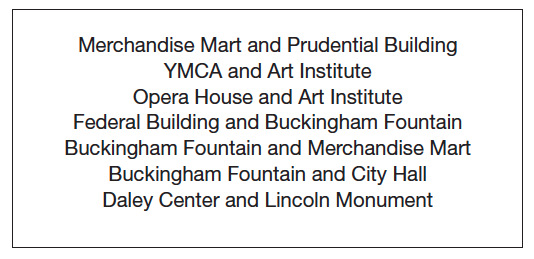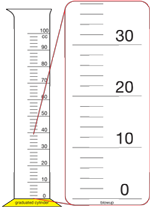Map reading is one of the most common uses of a coordinate system in everyday life. In this lesson, students use coordinates to locate and measure distances between locations.
Content in this Lesson
- Identifying and describing locations in all four quadrants of a coordinate grid using ordered pairs [E6].
- Using a scale map to find distances [E3].
- Reading the problem carefully [MPE1].
Assessment in this Lesson
| Assessment | Expectation Assessed | Math Practices Expectation Assessed |
|---|---|---|
|
Joe's Chicago Map |
|
|















